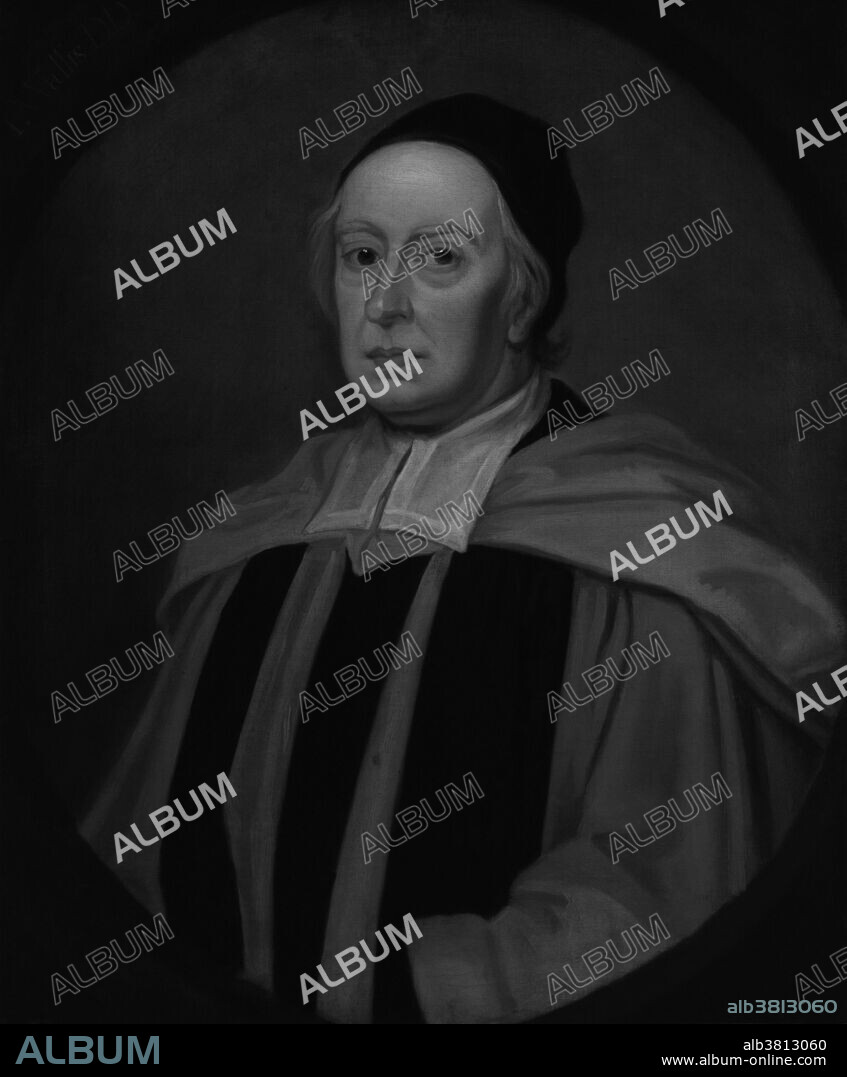alb3813060
John Wallis, English Mathematician

|
Ajouter à une autre Lightbox |
|
Ajouter à une autre Lightbox |



Avez-vous déjà un compte? S'identifier
Vous n'avez pas de compte ? S'inscrire
Acheter cette image.
Sélectionnez l'usage:

Titre:
John Wallis, English Mathematician
Légende:
Voir la traduction automatique
John Wallis (November 23, 1616 - October 28, 1703) was an English mathematician who is given partial credit for the development of infinitesimal calculus. Between 1643 and 1689 he served as chief cryptographer for Parliament and, later, the royal court. He is also credited with introducing the symbol for infinity. In 1655, Wallis published a treatise on conic sections in which they were defined analytically. This was the earliest book in which these curves are considered and defined as curves of the second degree. Arithmetica Infinitorum, the most important of his works, was published in 1656. In this treatise the methods of analysis of Descartes and Cavalieri were systematized and extended, He made significant contributions to trigonometry, calculus, geometry, and the analysis of infinite series. In his Opera Mathematica I (1695) he introduced the term, continued fraction. His greatest ability was to do mental calculations. One night he calculated in his head the square root of a number with 53 digits. In the morning he dictated the 27 digit square root of the number, still entirely from memory. He died in 1703 at the age of 86.
Personnalités:
Crédit:
Album / LOC/Science Source
Autorisations:
Taille de l'image:
4200 x 5075 px | 61.0 MB
Taille d'impression:
35.6 x 43.0 cm | 14.0 x 16.9 in (300 dpi)
Mots clés:
CÉLÈBRE • CELEBRITE • EUROPÉEN • HOMME • MATHEMATICIEN • MATHÉMATIQUE • PERSONNAGES • PERSONNALITÉS • PERSONNE • PORTAIT • PORTRAIT • POTRAIT • WALLIS
 Pinterest
Pinterest Twitter
Twitter Facebook
Facebook Copier le lien
Copier le lien Email
Email
